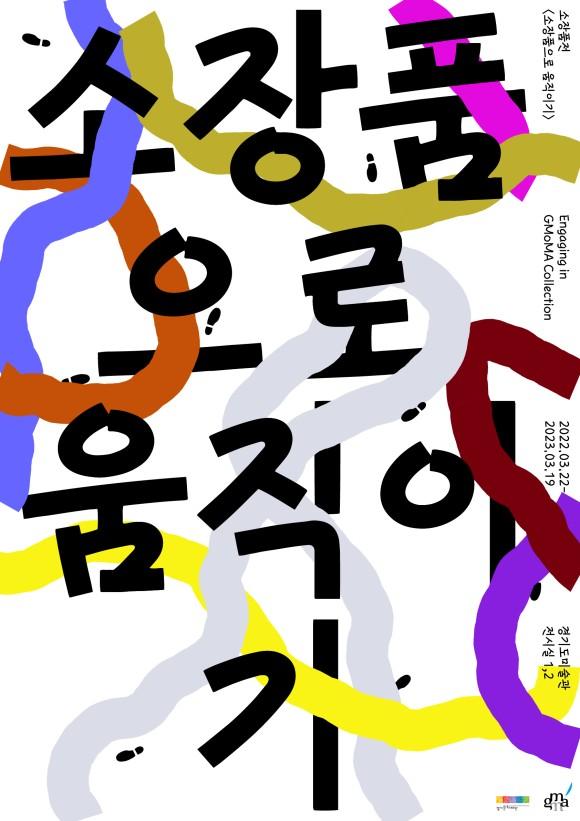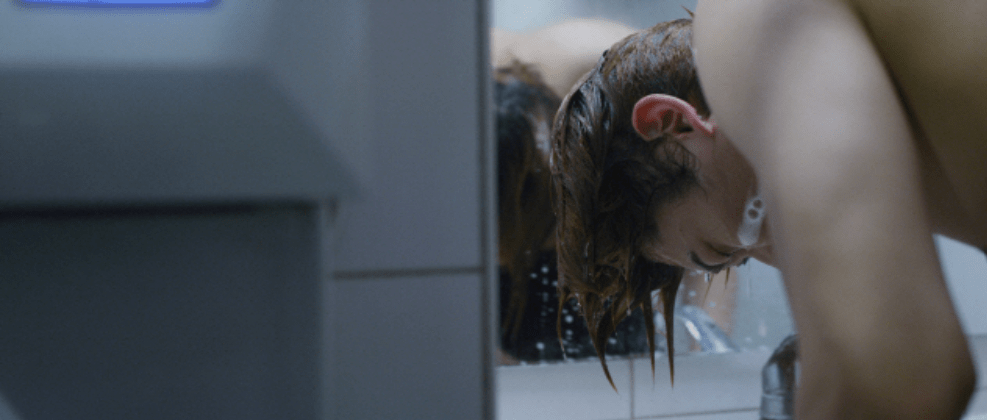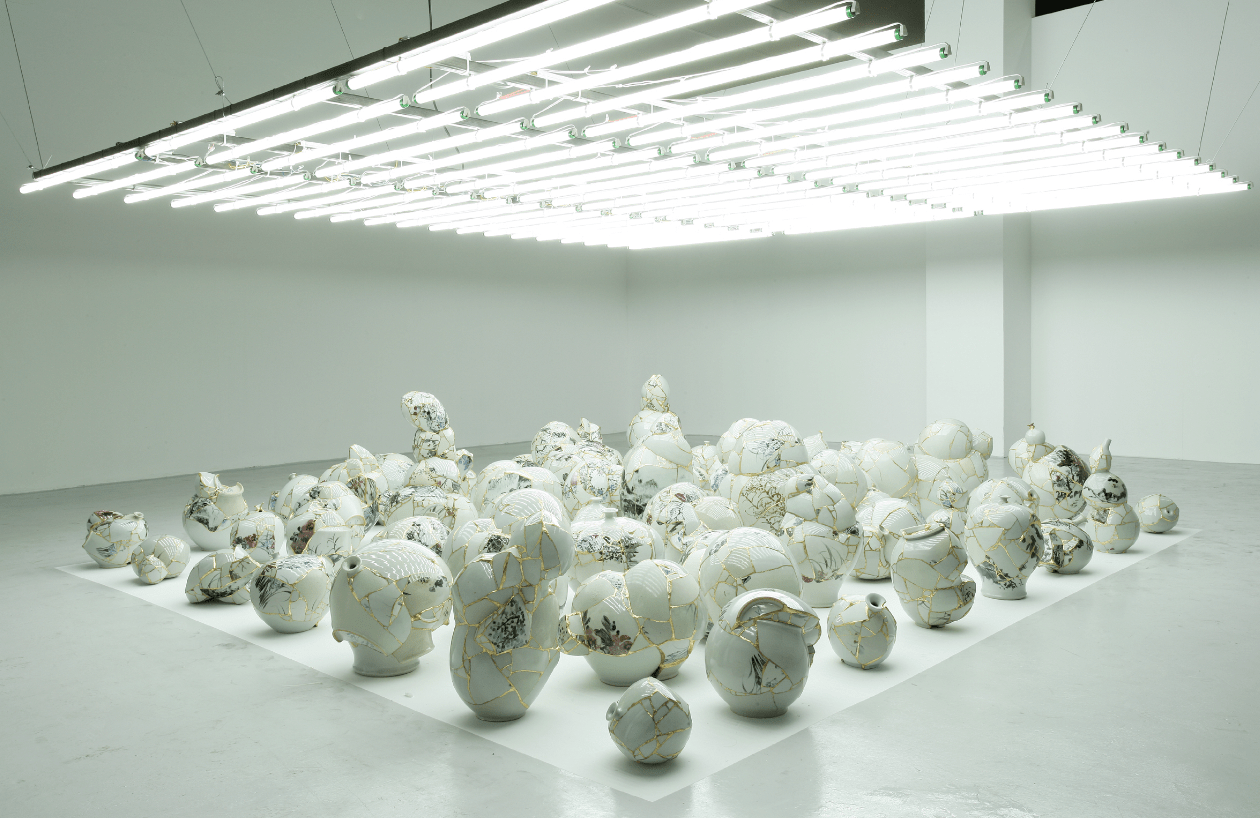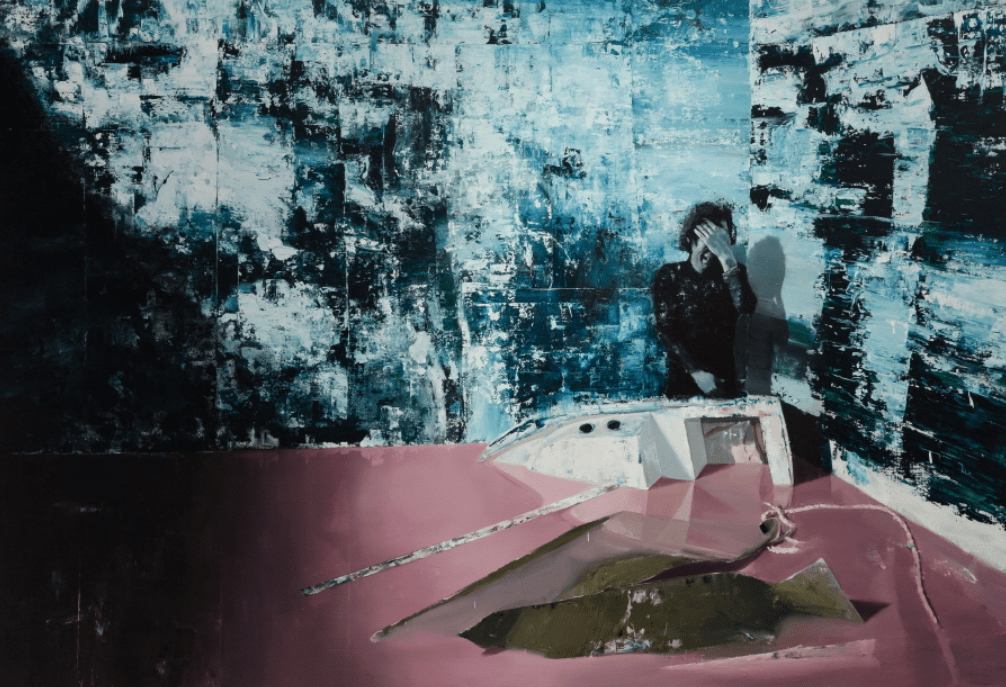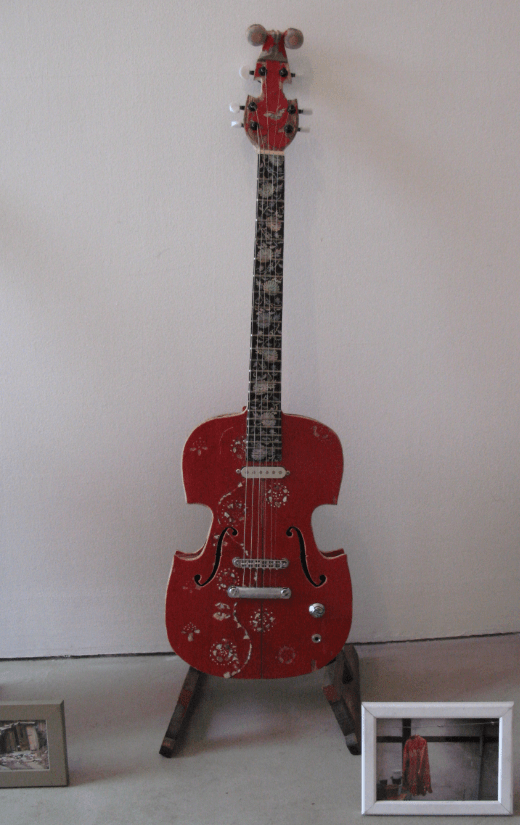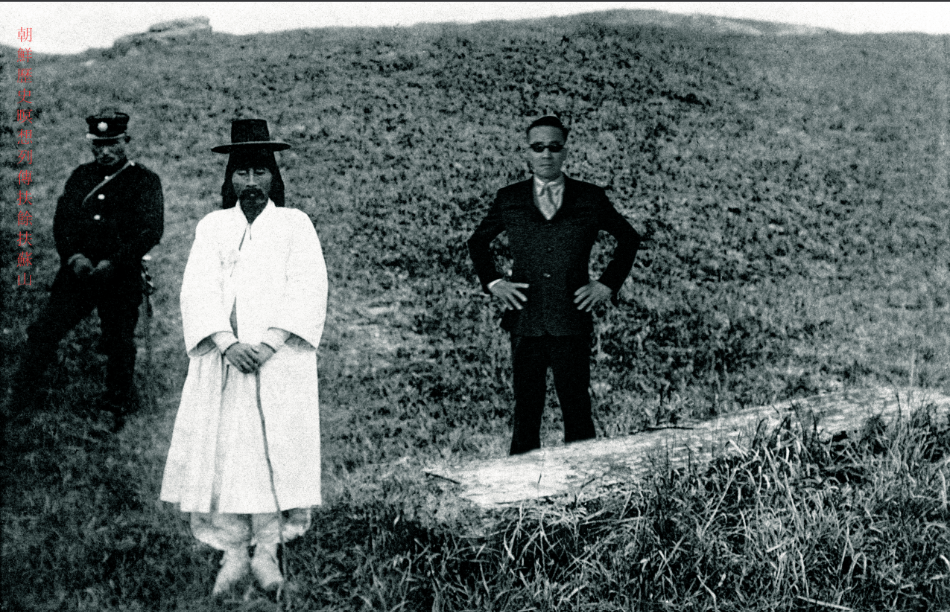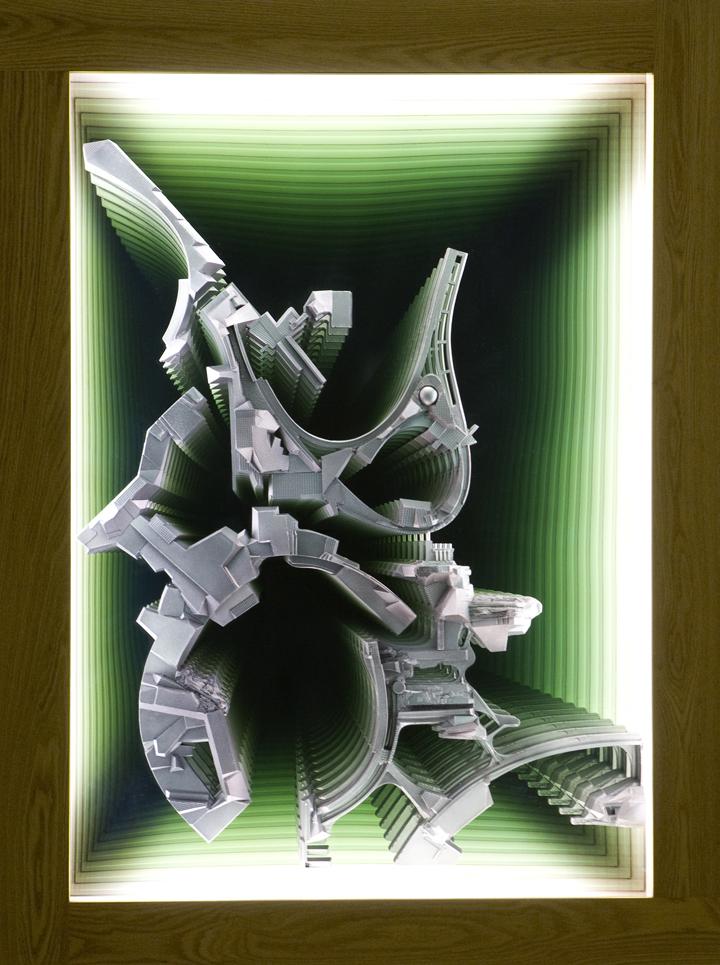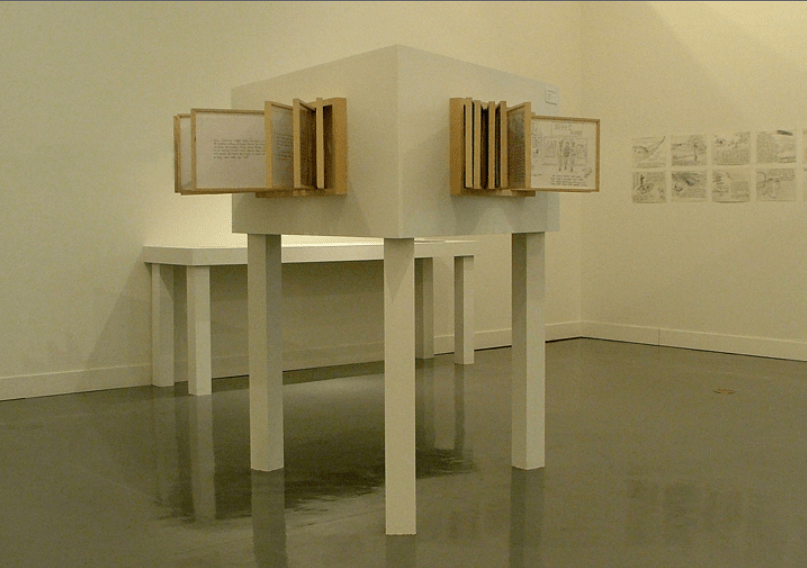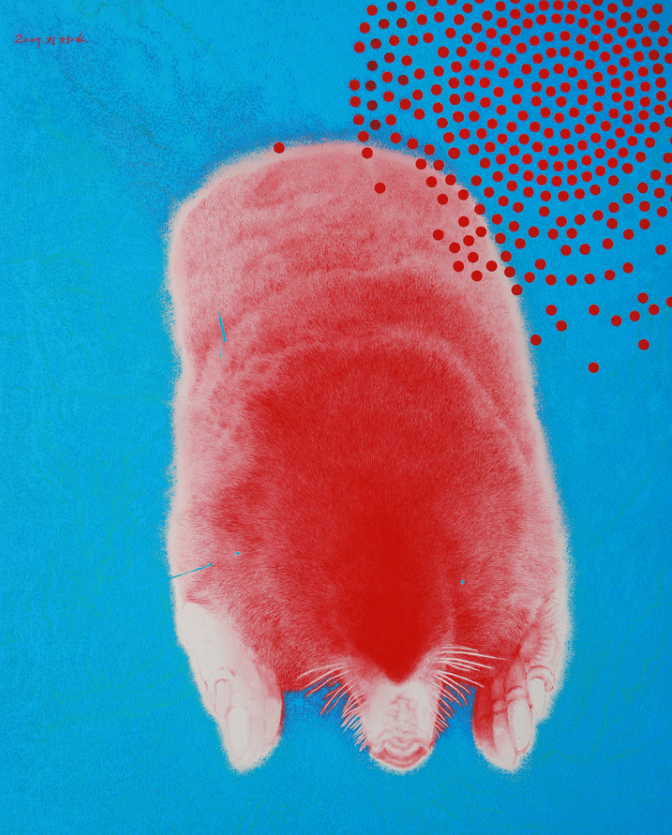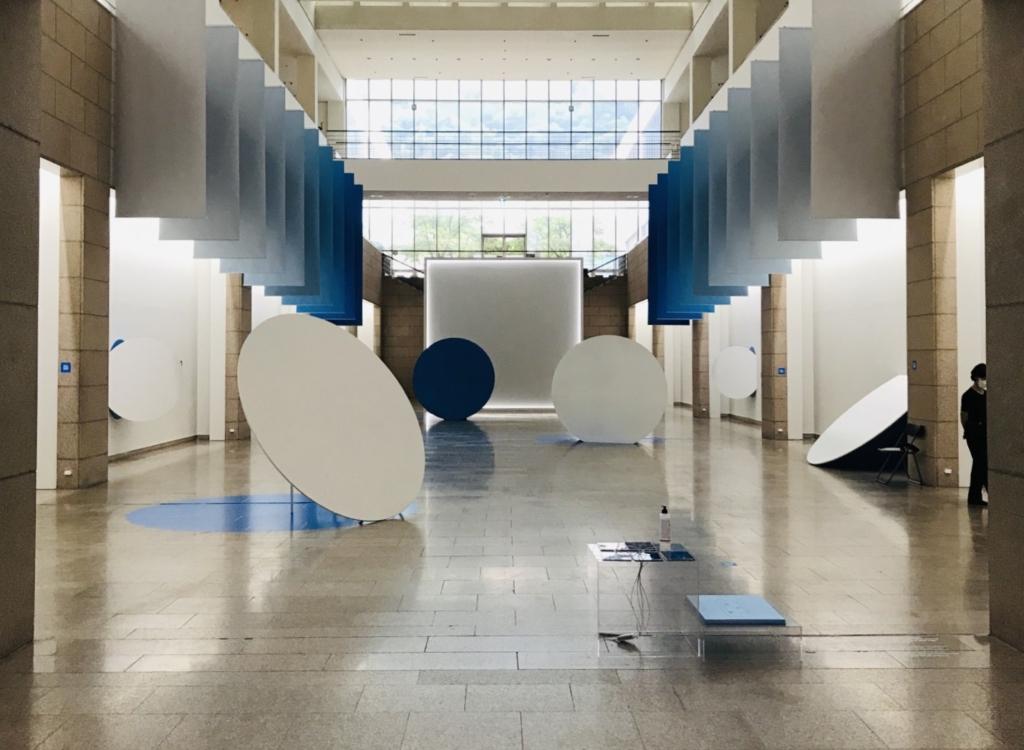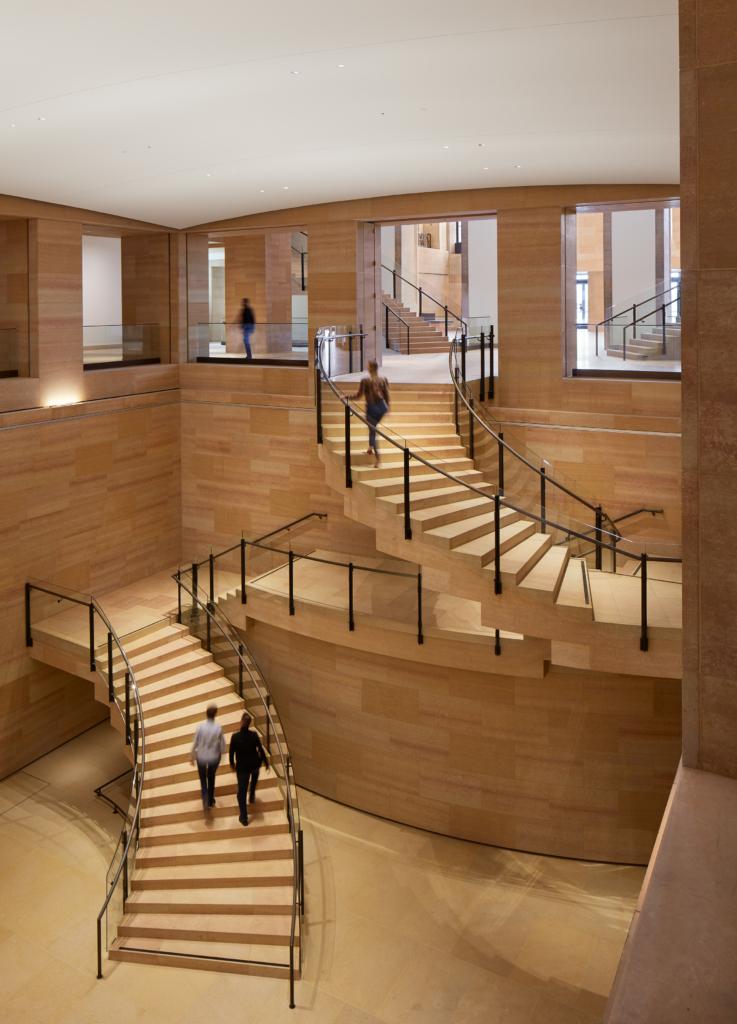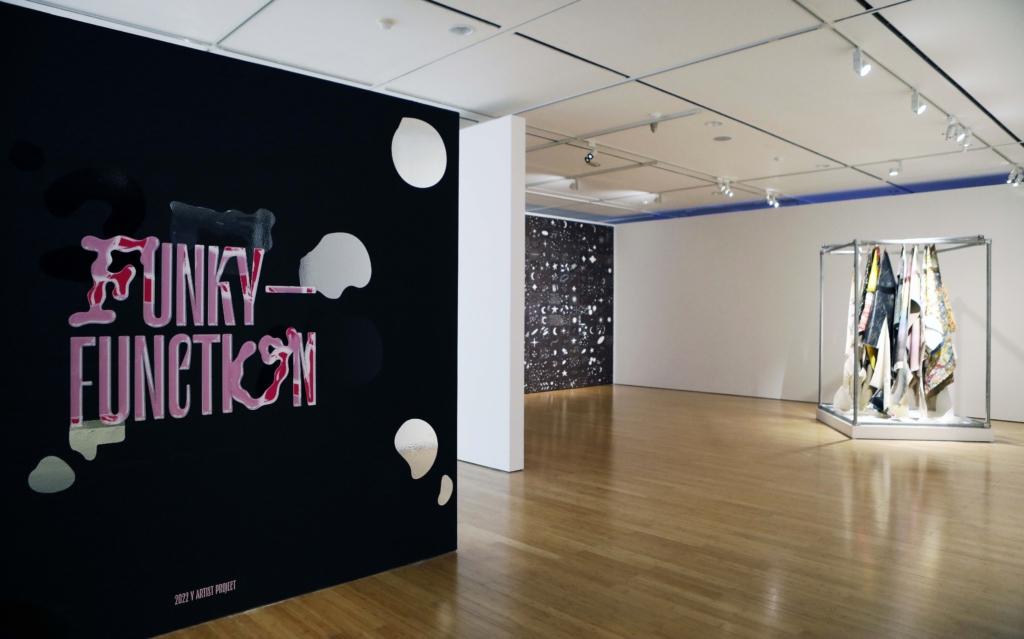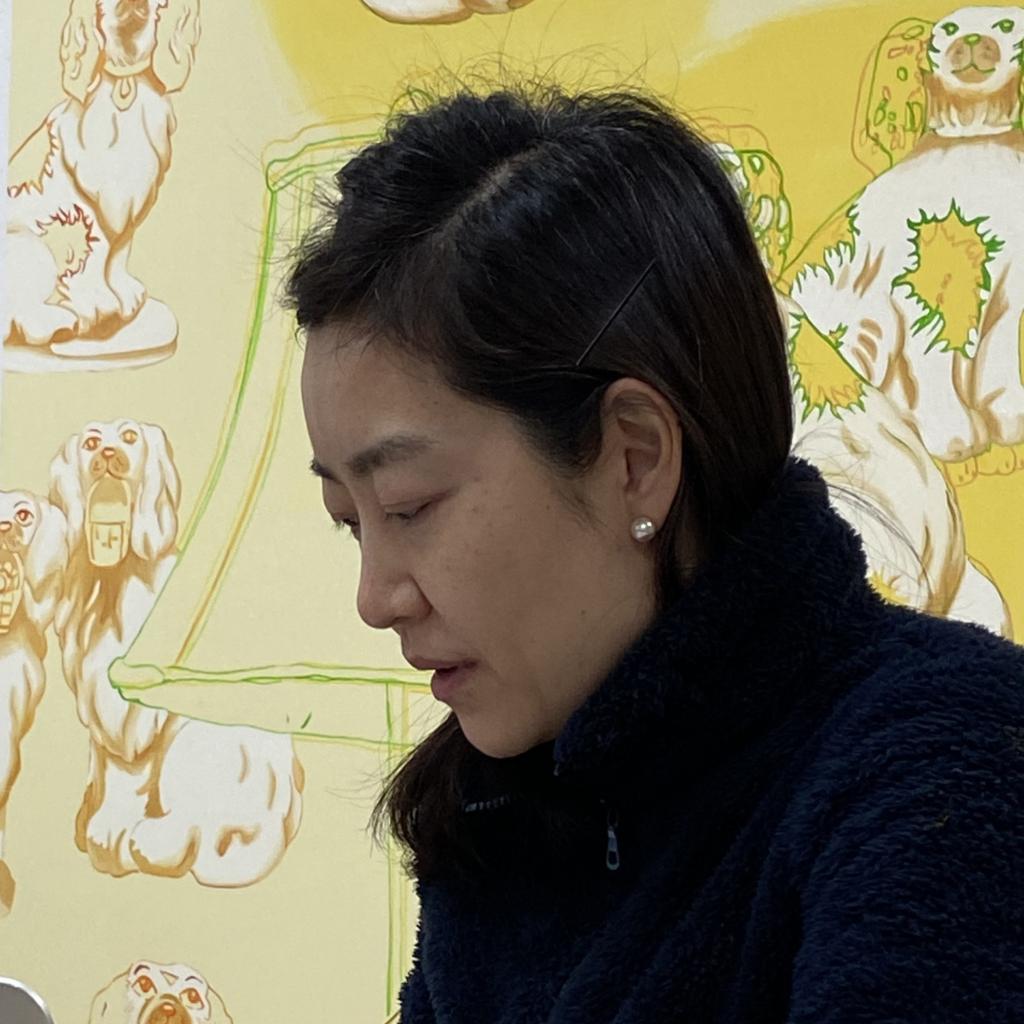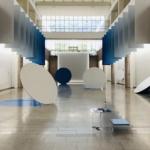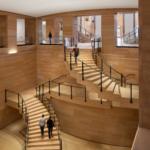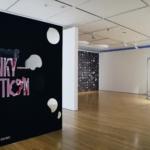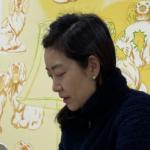The Gyeonggi Museum of Modern Art’s "Engaging in GMoMA Collection" Discusses Various Identities ②
If you missed Part ①, you can access it here.
Gyeonggi Museum of Modern Art (GMoMA) (268 Dongsalro, Danwon-gu, Ansan-si, Gyeonggi-do)
March 22, 2022 – March 19, 2023
The Gyeonggi Museum of Modern Art will hold Engaging in GMoMA Collection until March 19, 2023. The exhibition attempts to provide an opportunity to broaden our understanding of cultural differences and diverse identities through the 22 artworks of 16 artists created around 2010.
Engaging in GMoMA Collection consists of works by contemporary artists who have conducted various activities in their own way in the Korean contemporary art world. These artists discuss the contemporary issue of diversity, an increasingly important agenda in Korean society.
This article will introduce the artworks of the remaining eight artists that were not covered in the previous article.
In Clean me, a short film by Kang Sang-woo (b. 1977), through the use of cinematic techniques, the artist questions how peripheral subjects are portrayed in Korean films and their inherent meanings. The artist criticizes our society’s perception of objects outside the mainstream. A conscientious objector appears in the video work. He prepares for his return to society by performing his duties, such as cleaning at the rehabilitation center. Through the work, the artist provides an opportunity for viewers to sympathize with and think about marginalized people by showing daily activities and the practice of cleaning.
Yeesookyung (b. 1963) is well-known for her Translated Vase series, which recombines fragments of discarded ceramics regarded as failures by craftsmen’s standards. The artist gives new life to these abandoned and broken objects by connecting these pottery fragments with gold. The artist demonstrates that, although it may be a failure, sadness, or pain by someone’s standards, another possibility always exists if it is translated into a new context.
Ahn Jisan (b. 1979) expresses anxiety and tension through painting. The artist borrows the image of the figure that appears in I’m too sad to tell you (1971), a video work by Dutch artist Bas Jan Ader, who went to sea to do a performance work but never returned.
The artist recalls innocent victims, such as those from the 2014 sinking of the Sewol ferry and the Malaysian airliner, and amplifies the feeling of sadness through the image of a character crying endlessly in Ader’s video.
Bae Young-whan (b. 1969) adds stories to discarded objects. He creates works that reflect the joys and sorrows of the Korean people. In his works, the guitar no longer plays, and the mother-of-pearl cabinet can no longer contain objects. The work looks back on the other side of masculinity that is different from what society demands. Rather than the image of holding power, this masculinity contains the story of a man who has irretrievable memories of his first love.
Lee Sang Hyun (b. 1954) created a series of 20 works called Self Meditated Portrait of Korean Historical Epic, 19 of which are in the Gyeonggi Museum of Art collection. The artist combines digital images with historical black-and-white photos or traditional Korean paintings to create works in which ideals, reality, truth, and fiction coexist, traversing the past, present, and future.
The series uses a photo document found in a used bookstore in Insa-dong. The document contains photos of historical sites in Joseon taken by the Japanese Empire for the purpose of invasion. In the image, the artist photoshopped himself wearing a modern suit as if it were a commemorative photo taken by an alien in a time machine. As a Korean, the artist demonstrates various historical and cultural situations of Korean society through ingenious imagination.
In the artwork Untitled (2008), Lee Bul (b. 1964) uses various elements, including popular culture, history, the future, technology, and feminism, to create an infinite space using mirrors and fluorescent lamps with a machine structure inside the mirror. It leads the viewer’s eyes down an endless, dreamlike passage that compels us to reflect on the original, the replica, and ourselves.
Jo Donghwan (b. 1935) and Jo Haejun (b. 1972) are father and son. While studying abroad, Jo Haejun communicated with his father through written letters. He suggested that his father work with him on a documentary drawing. U.S. Army and Father (2005) captures the experiences of Jo Donghwan in the U.S. military as a child. The experience spanned the turbulent modern history of Korea, including the Japanese colonial period, the liberation, and the Korean War. This collection of works is both Jo Donghwan’s personal story and a story for all of Korea.
Jung Jung Yeob (b. 1962) has been creating works that depict the lives of women and their labor as well as the life as an individual and an artist. The three works displayed in the exhibition are from the Be erased series, an extension of the Red drawing works. The mole, sprout, and heart drawn in each artwork are depicted only in red to erase the subject’s individuality, but at the same time, the color gives vitality to life. The tendons of the heart are made of the tree of life, and the buds appear to have just sprouted and are about to branch out vigorously. The mole, which lives in the dark, comes up to the ground and basks in the sun. Jung talks about the vitality of things that exist everywhere, even if they are not immediately visible.
Aproject Company. Co., Ltd | Founder & CEO : Jay Jongho Kim
216 Dosan-Daero, B2F, Gangnam-gu, 06047 Seoul, Korea
Business Number : 894-88-01945
Contact : aproject.company@gmail.com
Mail-order-sales registration number : 제 2021-서울강남-04243 호










